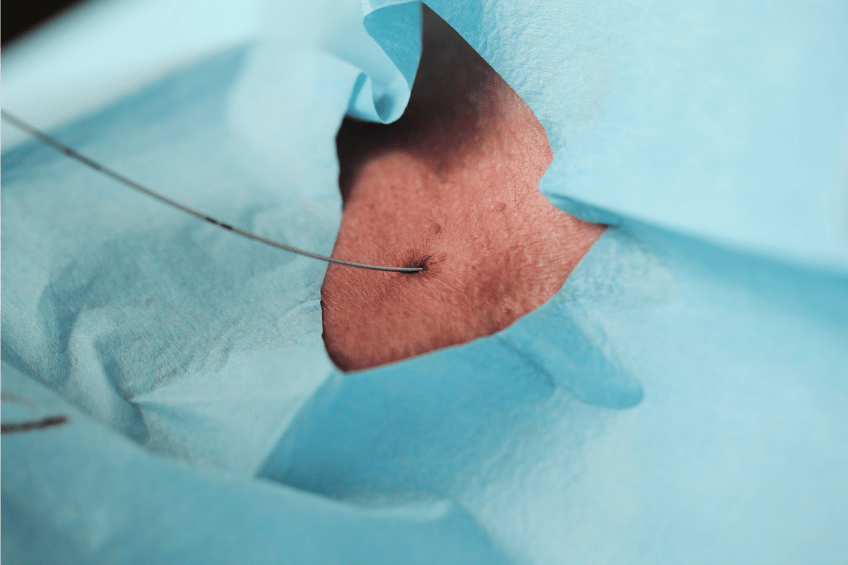The catheter has a pressure sensor at its tip to monitor pressures, or a port to inject contrast product, or mini-instruments (such as an inflatable balloon) to dilate a valve or coronary artery. When contrast material is injected into the heart, it is possible to feel hot or flushed for several seconds. This is normal and will go away in a few seconds.
The catheter is left in place for as long as it takes to perform all necessary tests (this can be several hours or even days in the case of certain procedures, so that the treatment can be continuously adapted).
After the examination, the catheter is removed and the vessel is compressed to prevent bleeding. It is necessary to lie down for a few hours. Usually a 24 or 48-hour hospital stay is recommended. Heartbeat and other vital signs (pulse and blood pressure) will be checked during the recovery. You will be able to drink and eat normally.
